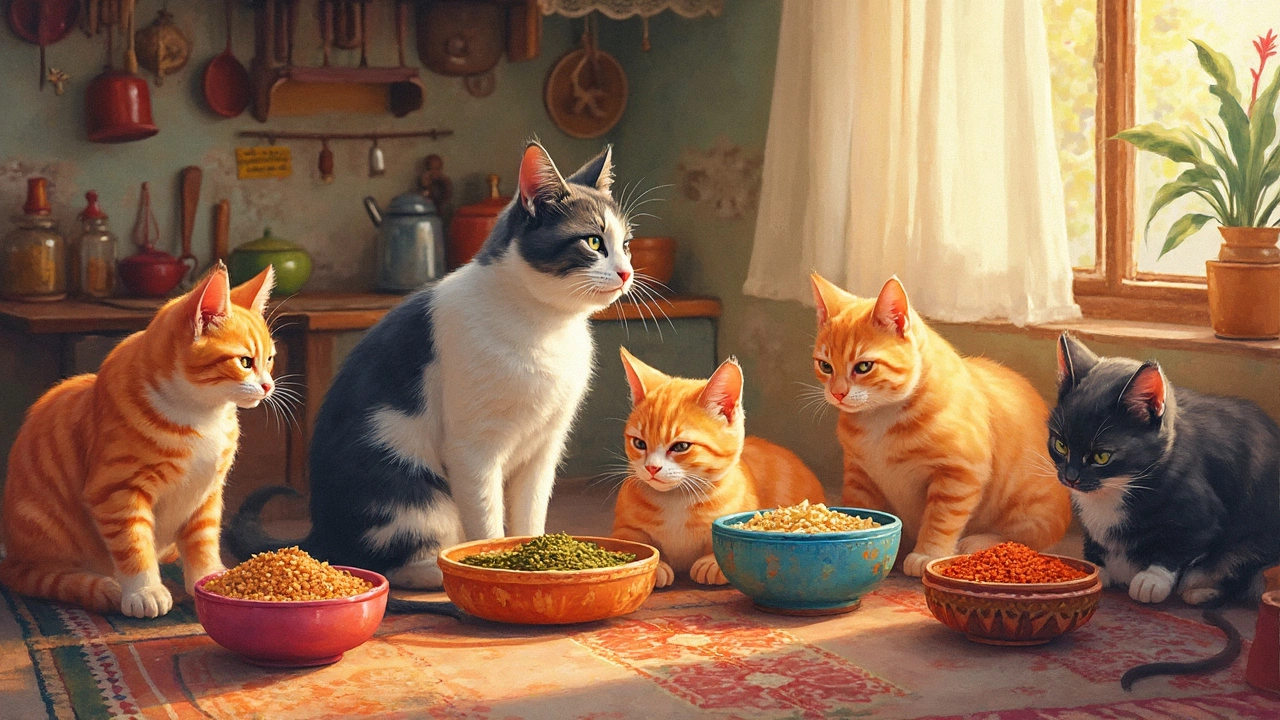Kibble vs Wet Food: Which Is Better for Your Dog?
Feeling stuck between a bag of kibble and a can of wet food? You’re not alone. Most dog owners wrestle with the same question every time they shop: should I feed my pup dry, wet, or a mix of both? The answer isn’t a one‑size‑fits‑all, but we can break down the key factors so you can make a clear choice for your furry friend.
Health Benefits and Drawbacks
Kibble, or dry food, is great for keeping teeth cleaner because the crunch helps scrape off plaque. It also tends to be calorie‑dense, so a little goes a long way—perfect if you’re watching your dog’s weight. The downside? Some dry recipes use a lot of fillers, and the low moisture can leave pups prone to dehydration, especially in hot weather.
Wet food packs 70‑80% moisture, which can be a lifesaver for dogs that don’t drink enough water. The higher animal protein content often makes it more palatable and easier to digest, ideal for seniors or dogs with dental issues. On the flip side, wet food is usually more expensive per serving and can spoil quickly if left out.
When it comes to nutrition, quality matters more than texture. Look for real meat listed first, minimal artificial additives, and a balance of protein, fat, and carbs that matches your dog’s life stage. Whether kibble or wet, a well‑formulated diet will support a shiny coat, healthy joints, and steady energy.
Practical Considerations: Cost, Convenience, and Mixing
Budget is a big driver. A large bag of kibble can last weeks and sits on the shelf without refrigeration. Canned wet food, while tastier to many dogs, adds up fast—especially if you’re feeding multiple meals a day. Some owners strike a balance by feeding kibble twice daily and adding a spoonful of wet food for extra flavor.
Convenience matters, too. Kibble is a grab‑and‑go option for busy mornings or road trips; just pour it into the bowl and you’re set. Wet food needs a can opener or pull‑tab, and you’ll want to clean the bowl right after feeding to avoid bacterial growth.
If you decide to mix, start with a 75% kibble to 25% wet ratio. Gradually adjust based on your dog’s appetite and stool quality. Too much wet can make the kibble soggy, which some dogs dislike, while too little wet might not give you the hydration boost you’re after.
Lastly, consider your dog’s individual needs. Puppies often thrive on kibble for steady calories, but a dab of wet food can entice picky eaters. Senior dogs with gum issues may benefit from mostly wet food or a softer kibble designed for easy chewing.
Bottom line: there’s no universal winner. Pick the option that fits your dog’s health, your budget, and your lifestyle. Mix and match when needed, and keep an eye on weight, energy, and coat condition. With the right balance, your pup will stay happy, healthy, and always ready for the next walk.

Best Cat Food: What to Look For
Choosing the right cat food can be overwhelming with so many options available. This article explores what makes a good cat food, examining ingredients, nutritional balance, and the pros and cons of dry versus wet options. Whether you're dealing with a picky eater or a cat with special dietary needs, we've got practical tips to guide you. Know what to avoid and what to look for to keep your feline friend healthy and happy.
read more



